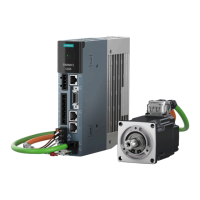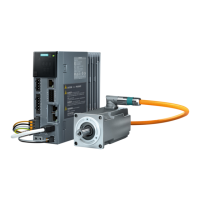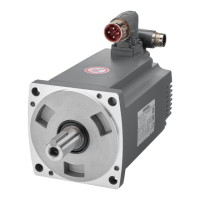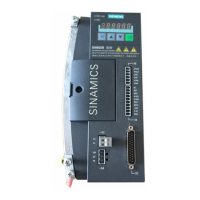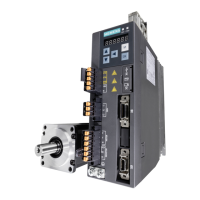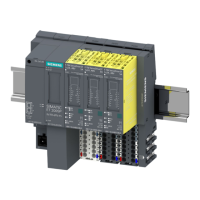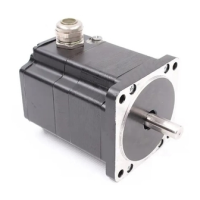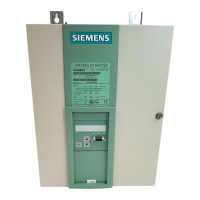9.7 Torque control (T) (for S200 PTI only)
Overview
When using
the torque control mode of the S200 PTI converter, the torque on the motor shaft
is output in accordance with the torque setpoint.
Description of function
In most of the applications, a motor with torque control works with a speed master, for example,
to realize the line tension control or pressure control, and so on.
Otherwise, if a motor with torque control works alone, and the output torque is larger than the
load torque, the motor will keep accelerating, until overspeed occurs. The converter will inhibit
the pulse and output a fault signal when overspeed occurs.
9.7.1 Torque setpoint
Overview
Two sources are available for torque setpoint:
• Analog torque setpoint
• Internal xed torque setpoint
These two resources can be selected with the digital input signal TSET.
Table 9-33 Digital input signal TSET
Signal Level Source of torque setpoint
TSET 0 (default) Analog torque setpoint (analog input 1)
1 Internal xed torque se
tpoint (p29043)
Description of function
Torque control wit
h analog torque setpoint
When the digital input signal TSET is at low level (0), analog voltage from the analog input 1
is used as the torque setpoint.
The analog voltage from the analog input 1 corresponds to an internal percentage value. The
analog voltage of 10 V corresponds to the rated motor torque (r0312). For example, when
the analog input is -2V, the actual torque setpoint is -20% * p0312.
The relationship between the analog voltage and the torque setpoint is shown as follows:
Functions
9.7Torque control (T) (for S200 PTI only)
SINAMICS S200 pulse train servo drive system with SIMOTICS S-1FL2
Operating Instructions, 11/2023, FW V6.3, A5E51646767B AA 273

